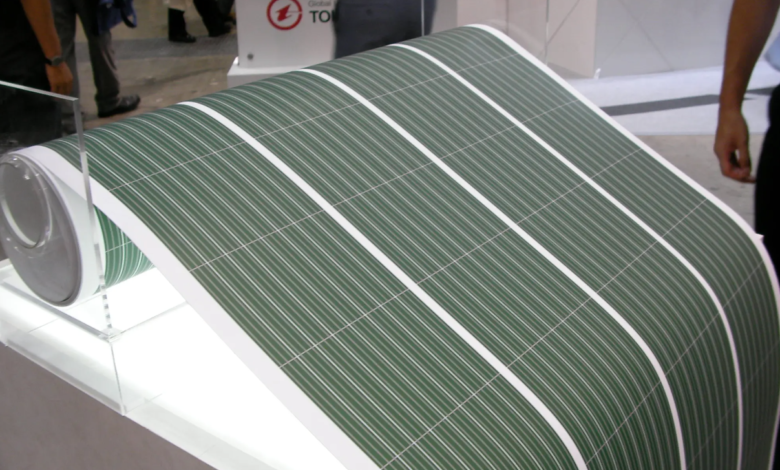Ternary organic solar cells, 19.17% efficiency

The ternary strategy for organic PV
New steps forward for ternary organic solar cells. Finally stand the comparison with the classic photovoltaic. The credit is due to a group of experts from the Chinese Academy of Sciences who, working on the photoactive layer recipe, achieved a conversion efficiency of 19.17%.
For years, research on organic photovoltaics has been aimed at creating a competitive product with crystalline silicon devices or other organic semiconductors. Despite the large gap in efficiency and stability, this segment offers attractive advantages. Organic solar cells are lightweight, flexible and economical to produce, and are not related to the current and limiting supply chain of traditional photovoltaic. They can also be produced directly as flexible rolls using processes such as inkjet printing. An approach that opens the door to a 360-degree integration, from buildings to vehicles, to finish with consumer electronics.
Ternary Organic Solar Cells (TOSC)
One of the strategies born in the time in order to increase the yield is that “ternaria” or TOSC. The conventional approach for organic photovoltaics involves the use of a donor material and an acceptor material to form the photoactive layer. In ternary organic solar cells, on the other hand, a third component – defined “host” – is included, able to optimize various aspects, from the enlargement of the photon absorption interval to the regulation of the charge of the excitons, through the optimization of the morphology of the mixing film.
read also Organic photovoltaics: Polymer solar cells record efficiency of 19.3%
As the Chinese Academy of Sciences explains, by virtue of the different functions that the host component can perform, its specific position within the photoactive layer determines the final result. “Depending on its placement, it can transfer energy at the speed of light or help capture more solar energy,” stressed Li Yonghai, co-author of the study. In the research, scientists used a host component called LA1, a small acceptor of molecules that Chinese engineers have chemically modified by adding functional groups to improve crystallinity and alignment. So they regulated the distribution. The result? The new ternary organic solar cells reached an efficiency of 19.17%. The study was published in Advanced Materials.





